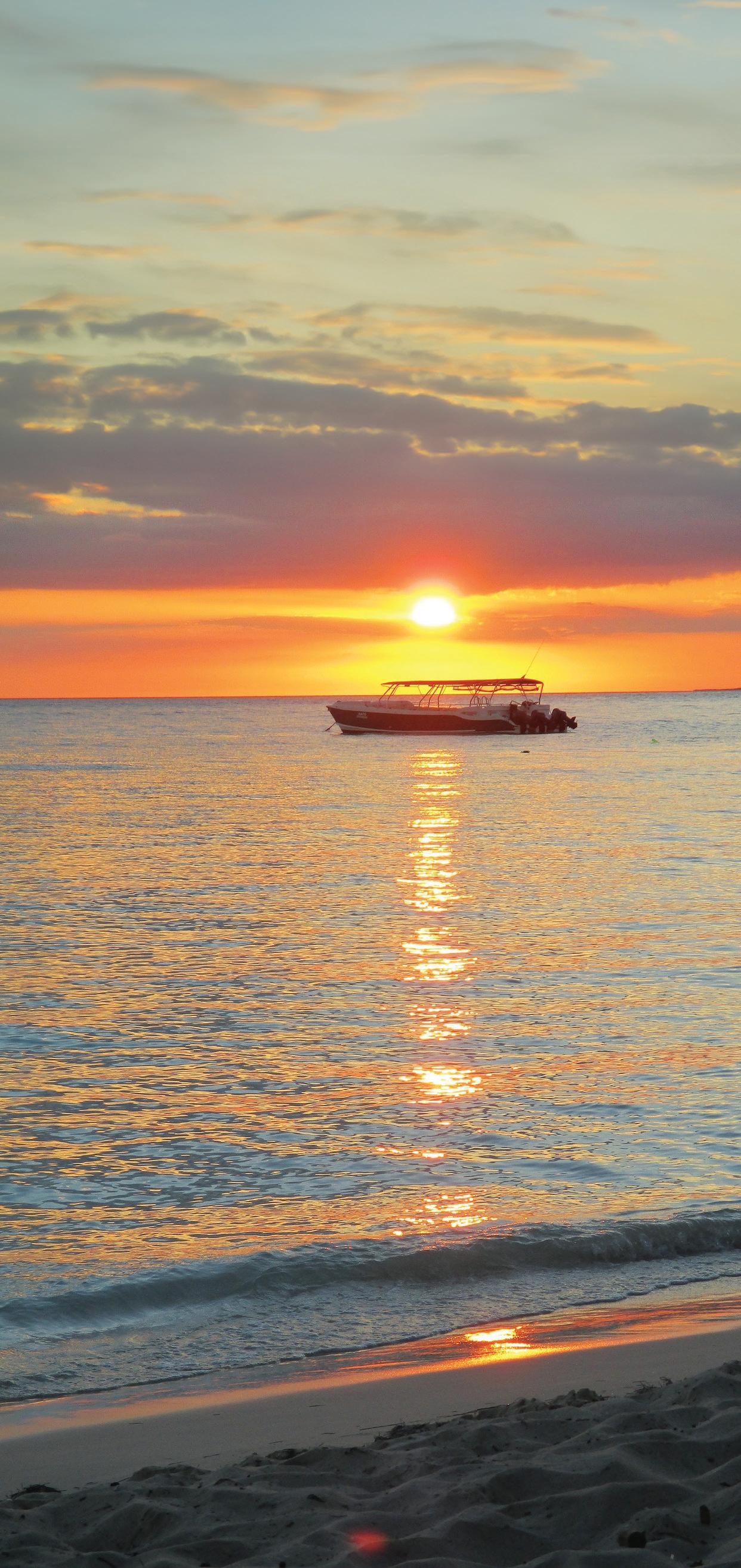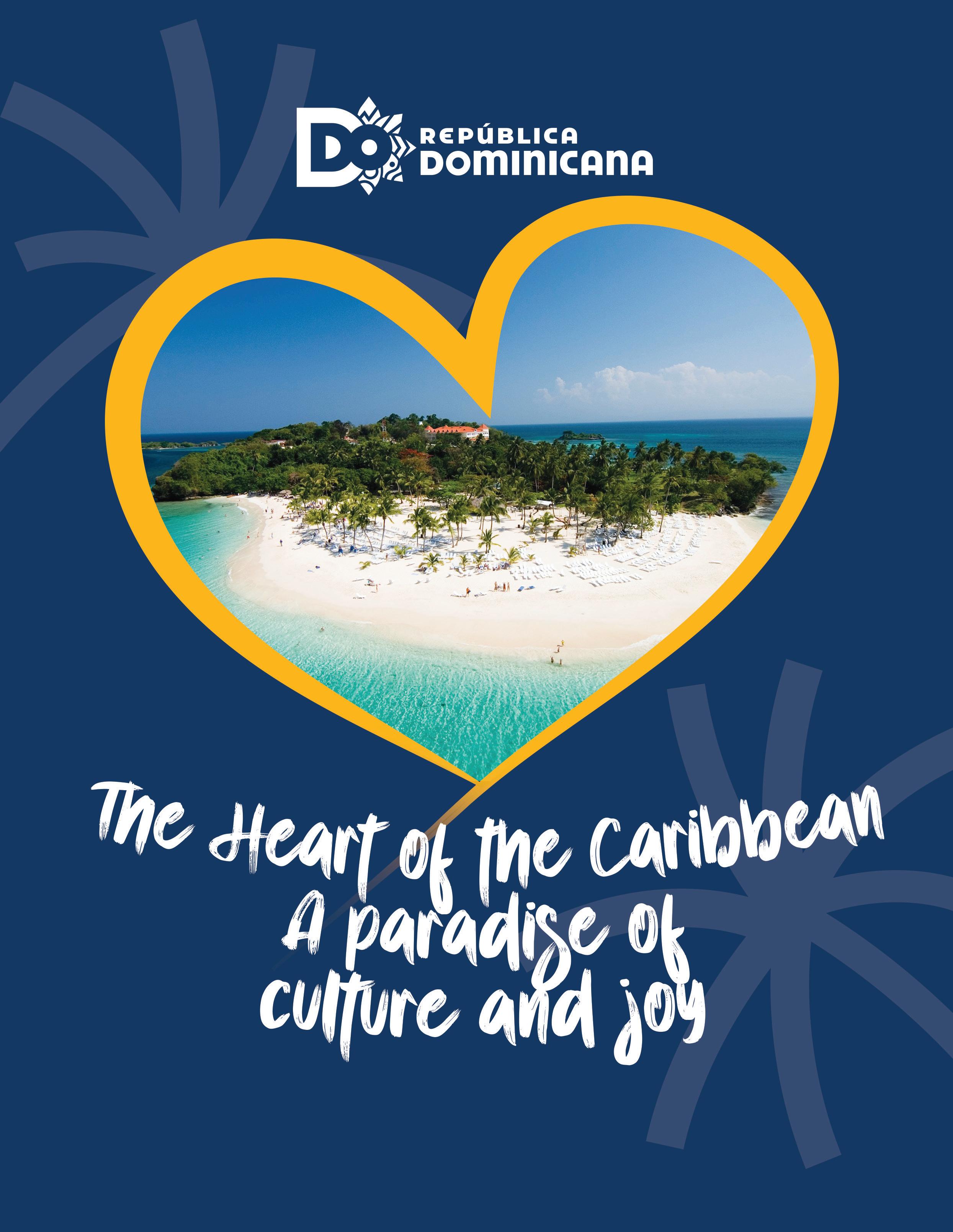

Discover Dominican Republic
With a fusion of Taino, African, and European influences, Dominican culture is a vibrant tapestry of music, dance, and culinary delights.
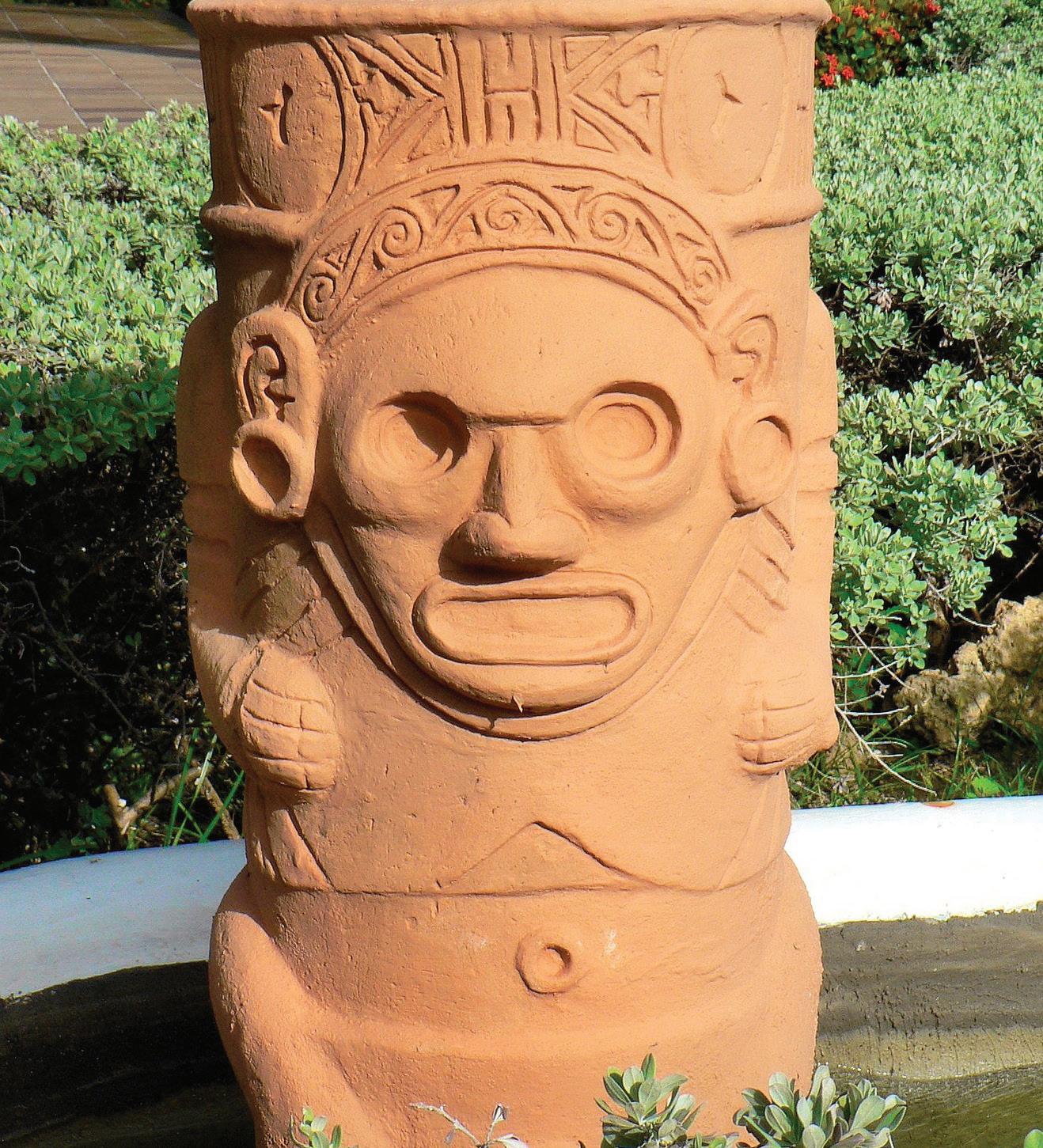
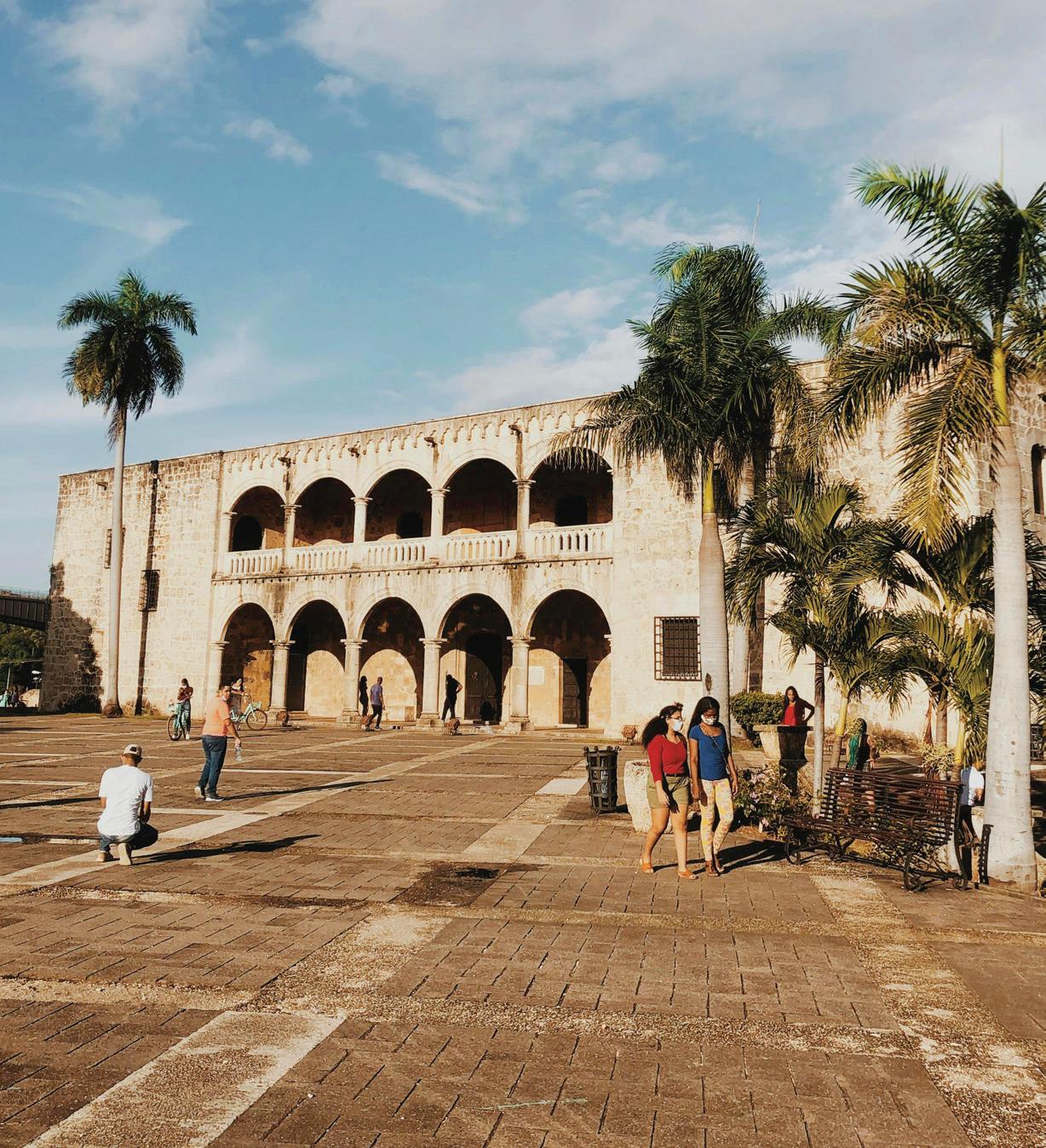
With the Atlantic Ocean to the North and the Caribbean Sea to the South, the Dominican Republic showcases an impressive 1,600 km of coastline adorned with 400 km of pristine beaches. Here, amidst magnificent hotels and resorts, visitors are greeted with endless sports, entertainment, and recreation opportunities. Whether dancing to the lively beat of merengue, unwinding in our diverse range of luxurious accommodations, delving into ancient ruins, savouring the flavours of Dominican cuisine, or embarking on ecotourism adventures through our stunning natural parks, mountain ranges, rivers, and beaches, the Dominican Republic promises an unforgettable experience.
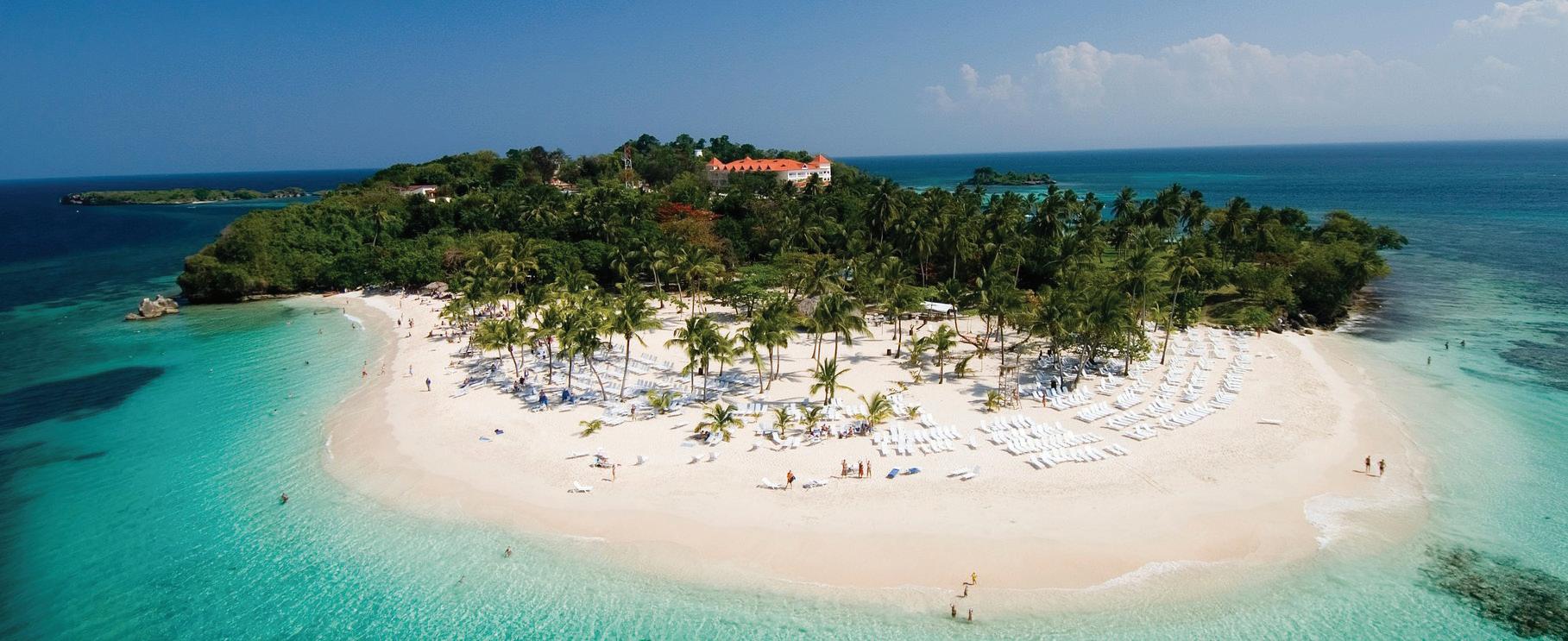
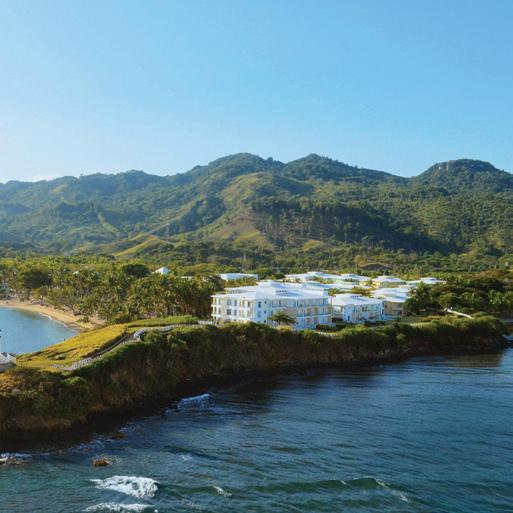
Investment in Tourism Infrastructure
The Dominican Republic has invested in tourism infrastructure such as hotel, resort, airport, and road construction and renovation to improve access to tourist destinations, enhancing visitor experiences.
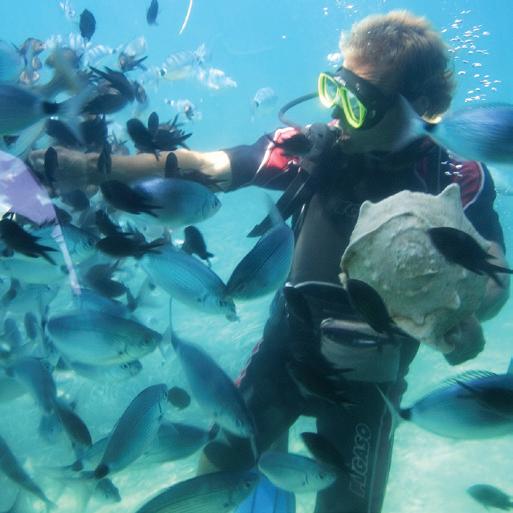
Diversification of Tourism Offerings
In addition to its beautiful beaches, the Dominican Republic offers a wide range of activities for tourists, ranging from water sports such as diving and snorkeling to ecotourism in its national parks and natural reserves.
The Heart of the Caribbean, the second largest and geographically most diverse country in the region. The Dominican Republic, with its diverse territory ranging from beaches bathed by the Caribbean Sea to imposing mountains, is a unique destination in the Caribbean. Its rich history as the first Spanish settlement

Medical and Wellness Tourism
The Dominican Republic has emerged as a leading destination for medical and wellness tourism, with world-class facilities offering a variety of medical, dental, cosmetic surgery, and wellness services at competitive prices.
in the New World, combined with its impressive biodiversity and vibrant culture, attracts visitors from around the world. From exploring historic Santo Domingo to relaxing on its pristine beaches, every corner of this country offers an unforgettable experience that reflects its motto: “Quisqueya, the mother of all lands”.
A Tapestry Woven in Time
The Cultural Legacy of the Dominican Republic
Tracing Heritage
The Dominican Republic is rich in historical and architectural heritage dating back to the Spanish colonization era. The Colonial Zone of Santo Domingo, a UNESCO World Heritage Site, houses numerous colonial buildings, churches, and museums that narrate the country’s history. Additionally, the country features abundant Taino archaeological sites, like Los Haitises National Park and the Archaeological Park of the Caves of Wonders, offering insight into the island’s pre-Columbian past.
Savouring Traditions
Dominican cuisine is a delightful fusion of Spanish, African, and Taino flavours. Typical dishes include mangu (green plantain mash), tostones (fried plantains), sancocho (a stew of meat and vegetables), and the famous arroz con habichuelas (rice and beans). Fresh seafood is an important part of the coastal diet, while traditional sweets such as dulce de leche and majarete are favourites to satisfy the palate.
Rhythms of the Soul
Music is integral to Dominican life, reflecting centuries of cultural influences. Merengue is the most recognized and popular musical genre, known for its fast and catchy rhythms that invite dancing. Bachata, another Dominican genre, is more melodic and romantic, with lyrics about love and heartbreak. The Dominican Republic has also been the birthplace of talented artists in tropical music, salsa, and reggaeton, who have made a mark on the international music scene.
Festivals of Life
The Dominican Republic celebrates a variety of festivities throughout the year that reflect its rich cultural and religious heritage. Carnival is one of the most prominent celebrations, with colourful parades, live music, and street dances that fill the streets with joy and energy. Holy Week is also an important occasion, with religious processions and theatrical performances commemorating the passion and death of Jesus Christ.
Did you know? The Dominican Republic is the site of the first permanent European settlement in the Americas, founded by Christopher Columbus’s brother, Bartholomew Columbus, in 1496.
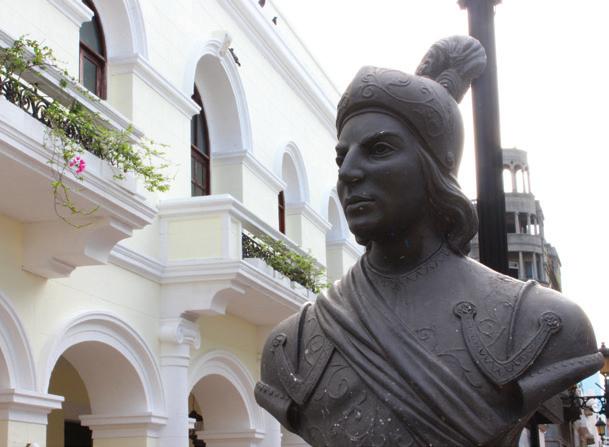
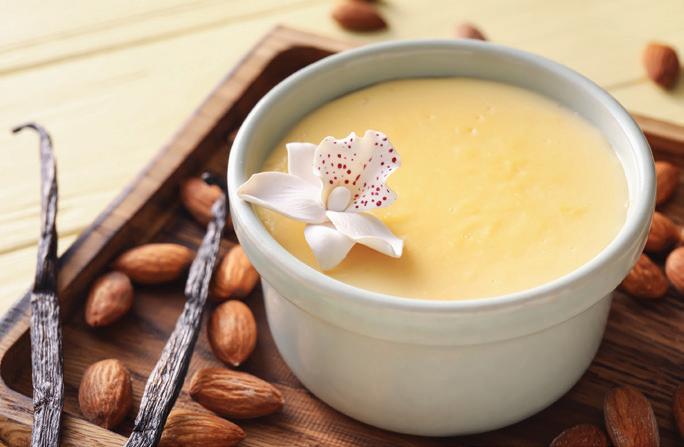
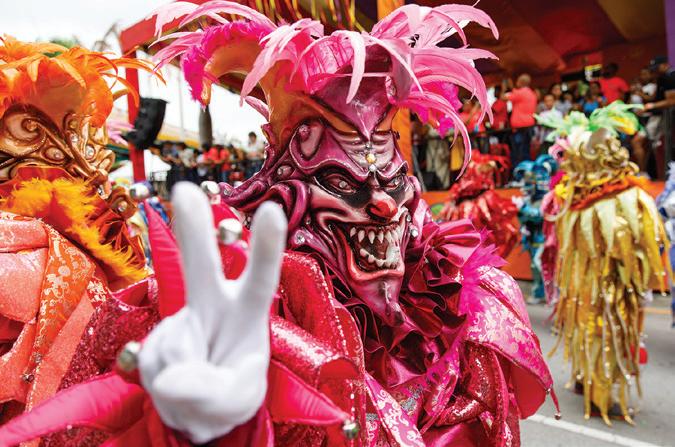
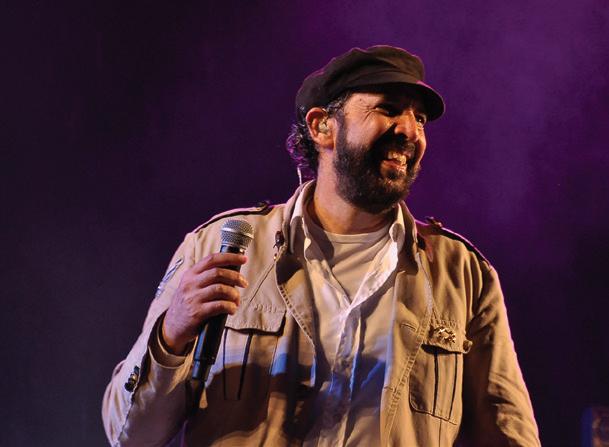
Green Escapes
Embarking on Eco-Adventures
Balancing tourism and conservation is a delicate yet essential task to ensure the sustainable development of destinations while preserving their natural and cultural heritage. The Dominican Republic exemplifies this balancing act through various initiatives and strategies aimed at promoting tourism while safeguarding its environment and unique cultural assets.
Sustainable Tourism Practices:
The Dominican Republic has embraced sustainable tourism practices to minimize the environmental impact of tourism activities. This includes promoting ecofriendly accommodations, implementing waste management programs, and encouraging responsible tourism behaviour among visitors through education and awareness campaigns.
Protected Areas and Biodiversity
Conservation:
The country boasts a rich biodiversity with diverse ecosystems ranging from lush rainforests to coastal mangroves. The Dominican Republic has established a network of protected areas to protect these valuable natural resources, including national parks, nature reserves, and marine sanctuaries. These protected areas serve as havens for wildlife and provide opportunities for eco-tourism and outdoor recreation while preserving the integrity of the environment.
Boasting a biodiversity hotspot, the Dominican Republic is home to over 7,000 species of plants and animals, making it a haven for nature enthusiasts.
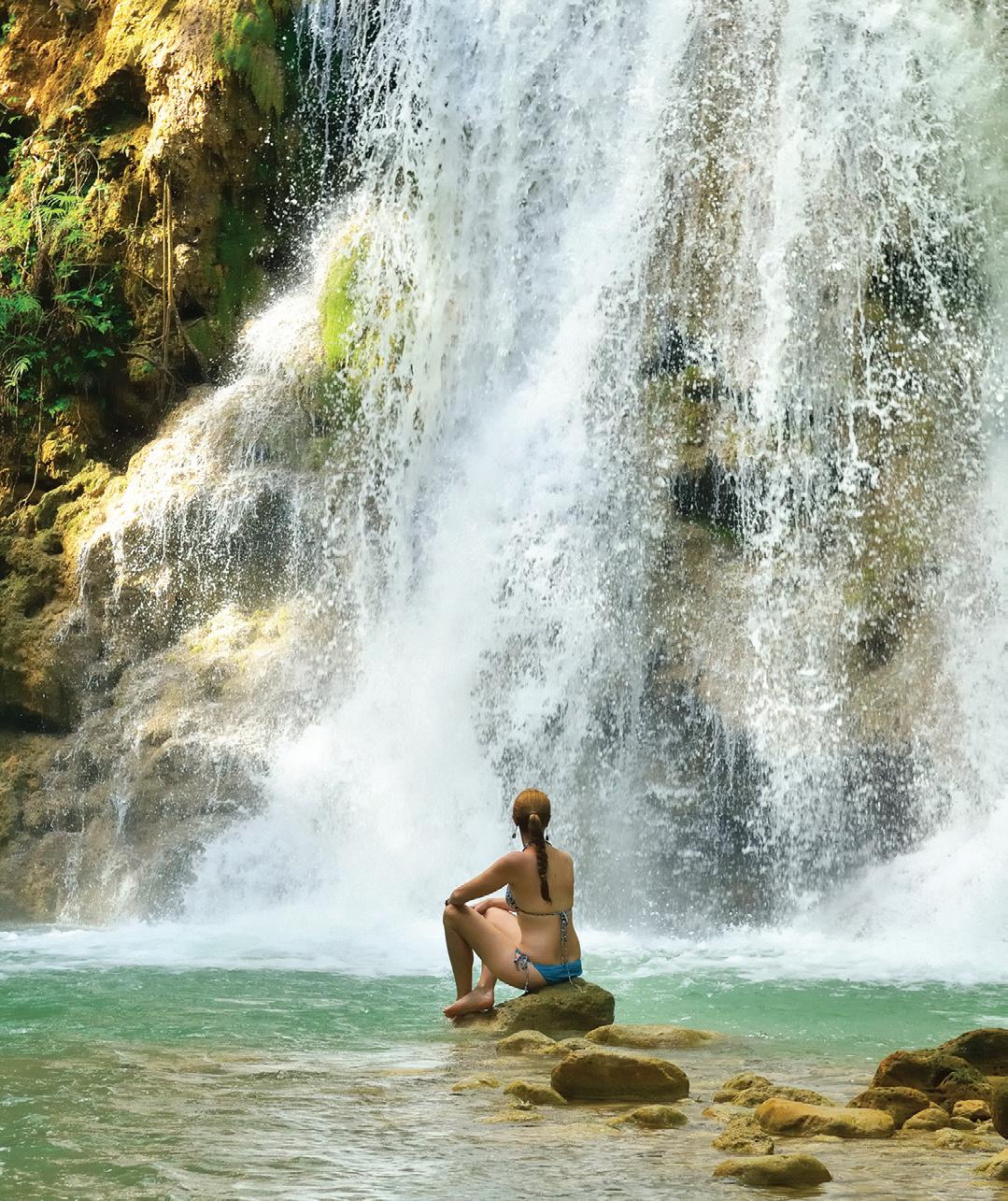
The Heartbeat of the Dominican Republic
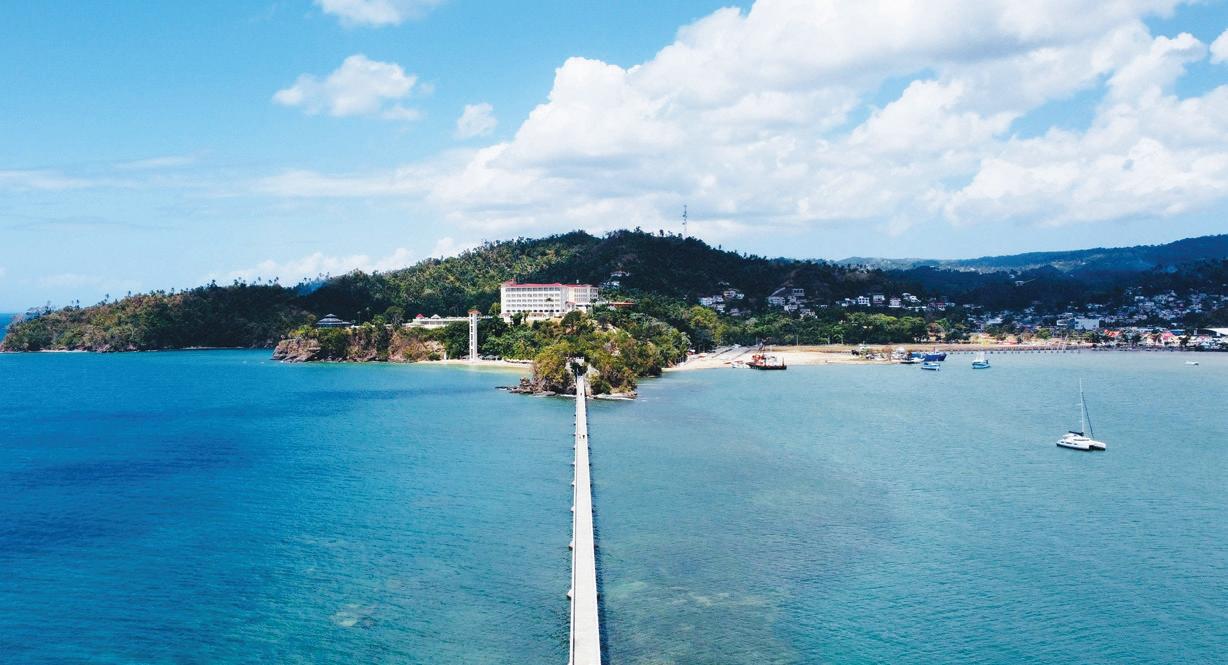
A bath of water and sun:
Punta Cana: Punta Cana is an internationally renowned tourist destination known for its white sandy beaches and crystal-clear waters. Here, visitors can enjoy activities such as scuba diving, snorkelling, kiteboarding, and relaxing in luxurious all-inclusive resorts.
Puerto Plata: Located on the country’s north coast, Puerto Plata is famous for its Playa Dorada beach and the cable car ride to the top of Mount Isabel de Torres, which offers impressive panoramic views.
Nature’s Haven
Los Haitises National Park: This national park, located in the province of Samaná, is known for its impressive limestone mogote formations, caves with Taino pictographs, and mangroves. Visitors can take boat tours through the mangroves and explore caves.
East National Park: Located in the eastern region of the country, this national park protects a wide diversity of coastal ecosystems, including beaches, mangroves, and tropical forests. Here, activities such as hiking, snorkelling, and visits to Saona Island can be enjoyed.
Historical Oasis:
Santo Domingo: As the capital of the Dominican Republic, Santo Domingo is a historic city hosting the Colonial Zone, declared a UNESCO World Heritage Site. Visitors can explore historical monuments such as the Cathedral of America, the Alcázar de Colón, and Columbus Park.
From Heritage to Surf
Water Sports: The country offers a variety of water sports, such as diving, snorkelling, surfing, kiteboarding, windsurfing, and paddleboarding, which can be enjoyed on its stunning coastlines.
Cultural Excursions: In addition to its natural beauty, the Dominican Republic offers a rich history and culture that can be explored through cultural excursions. Visitors can visit museums, Taino archaeological sites, and historic churches and participate in festivals and cultural events.
Surf’s up! The northern coast of the Dominican Republic boasts some of the best surfing spots in the Caribbean.
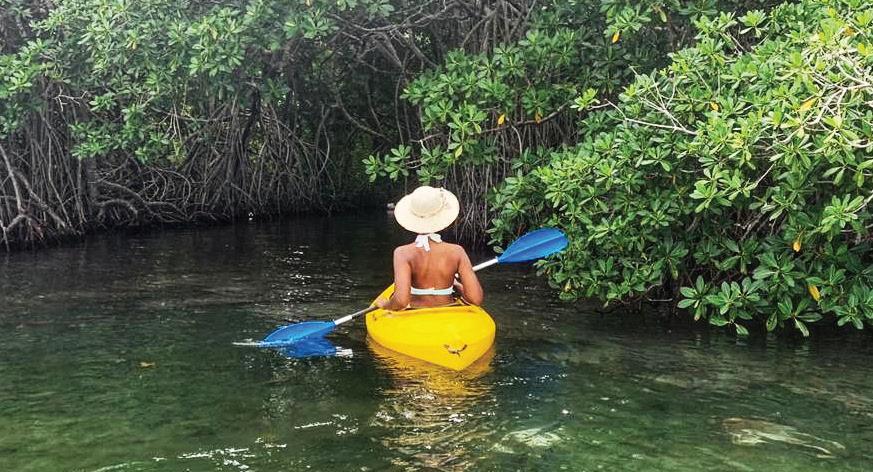
Get Ready to visit a Caribbean paradise
The Dominican Republic, occupying two-thirds of Hispaniola, is also the most visited destination in the Caribbean. Since 2017, over six million travellers arrive annually at our shores to enjoy our iconic white-sand beaches surrounded by palm trees and to relax in our coastal towns. Get ready for a hassle-free stay with our essential tips for travelling to the Dominican Republic. Choose the best entry point, whether you’re flying or sailing, and know what to expect and what documents you need to bring. Organize your own adventure on Dominican soil thanks to our modern roads and extensive transportation systems. You’ll reach beyond our beaches to our colonial cities, fertile fields, pine forests, and peaks reaching around 3,000 meters.
Have any questions? Visit the frequently asked questions section, or get in touch with one of our nearest Dominican Republic tourism offices; we love hearing from our visitors.
Visit es.godominicanrepublic.com
